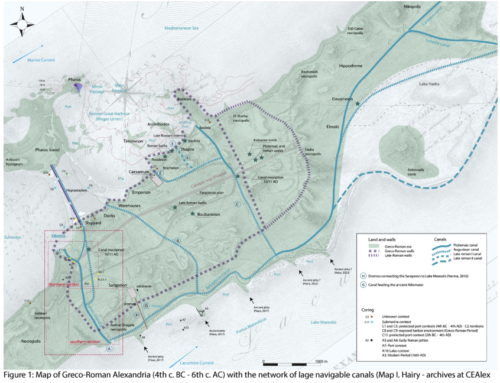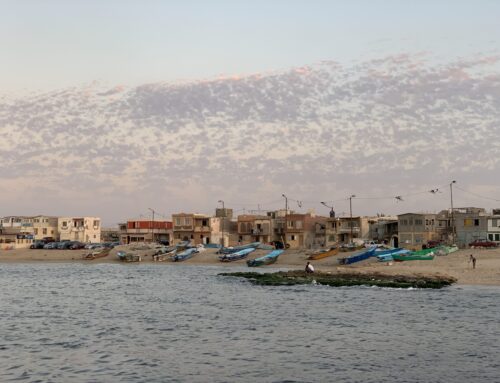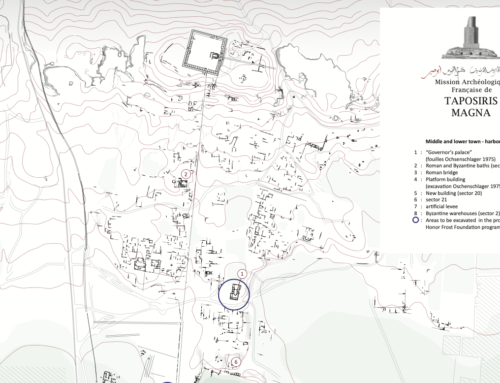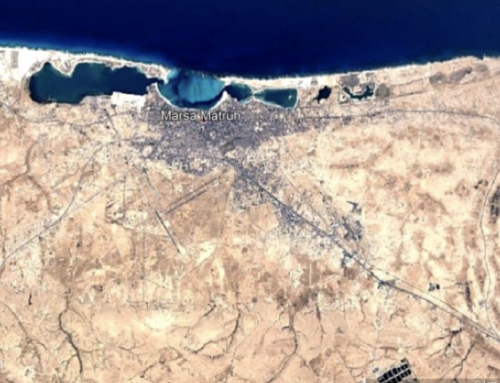Egyptian Traditional Riverine Tangible and Intangible Heritage Rescue Project (TradEGY) – 2020 – 2021
Ziad Morsy
During the 19th century, the evidence for Nile sailboats in Egypt was limited. This evidence included Western travellers’ writings and photographs that recorded their visit to Egypt during this period. This evidence is an important source of information about various types of Nilotic boats; their building characteristics, features, and equipment.
Egyptian riverine traditions do not get the attention of maritime archaeologists/ethnographers as their counterparts in the Gulf and Indian Ocean areas. Coupled with a drastic decline in the numbers of traditional sailboats on the Nile, it is leading to the vanishing of 200-year old traditions. Thus, the need for a rescue project to record the remaining fragments of these traditions. This summary will discuss preliminary results of the “Egyptian Traditional Riverine Tangible and Intangible Heritage Rescue Project (TradEGY)”, including a series of fieldwork on the Nile to locate, record, and preserve the remaining tangible and intangible riverine traditions. Furthermore, the project will focus on presenting the local community’s knowledge through new and innovative technologies, including 3D models, VR and public outreach through social media and web-based platforms.
In the second decade of the 20th century, Nile boats received a comprehensive and detailed linguistic study by the French linguist George Colin. in his study, he recorded technical terms Nile boats’ parts that he observed during his visit to two major ports in Cairo. At that time, many different types of sailboats were in use on the Nile. In addition to the social, economic and environmental factors that this period witnessed, which led to the disappearance of wooden sailboats on the Nile and their long-established traditions for more than 200 years.
This project examined one of the last surviving wooden fishing boats on the Nile, which dates back to the early 20th century. TradEGY was designed to record one of the oldest Nilotic fishing communities, theirs lives, fishing techniques, and how they preserved their tangible and intangible heritage until today. It includes the story of the community’s life cycle, which was intertwined with their boats and fishing gear, and how these objects were retired and repurposed, ensuring its preservation until now.
The Egyptian riverine cultural heritage has formed the country’s identity for centuries. Although modern Egyptians are detached from their history, the value and uniqueness of these traditions should be preserved for future generations. This project provides a stepping stone into the preservation and presentation of a dying tradition. The importance of such a project lies in the wealth of knowledge and technical skills that will be protected and presented.
In the process, the project team have managed to train and inspire the next generation of Egyptian Maritime Ethnographers, whose work is of utmost importance to preserve the Egyptian Traditional Maritime Heritage.
The team are working on a website for the project, a short video can also be viewed here






